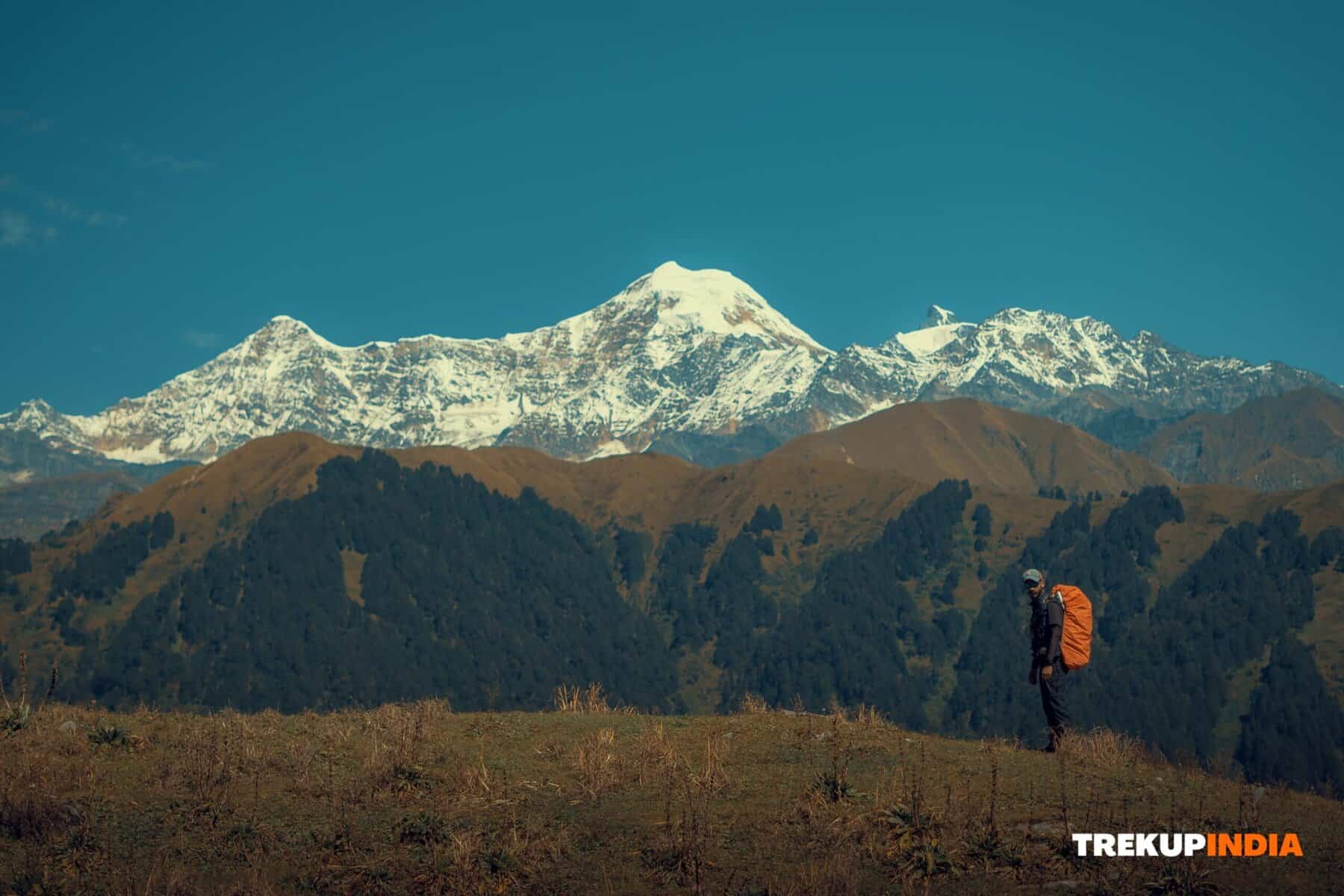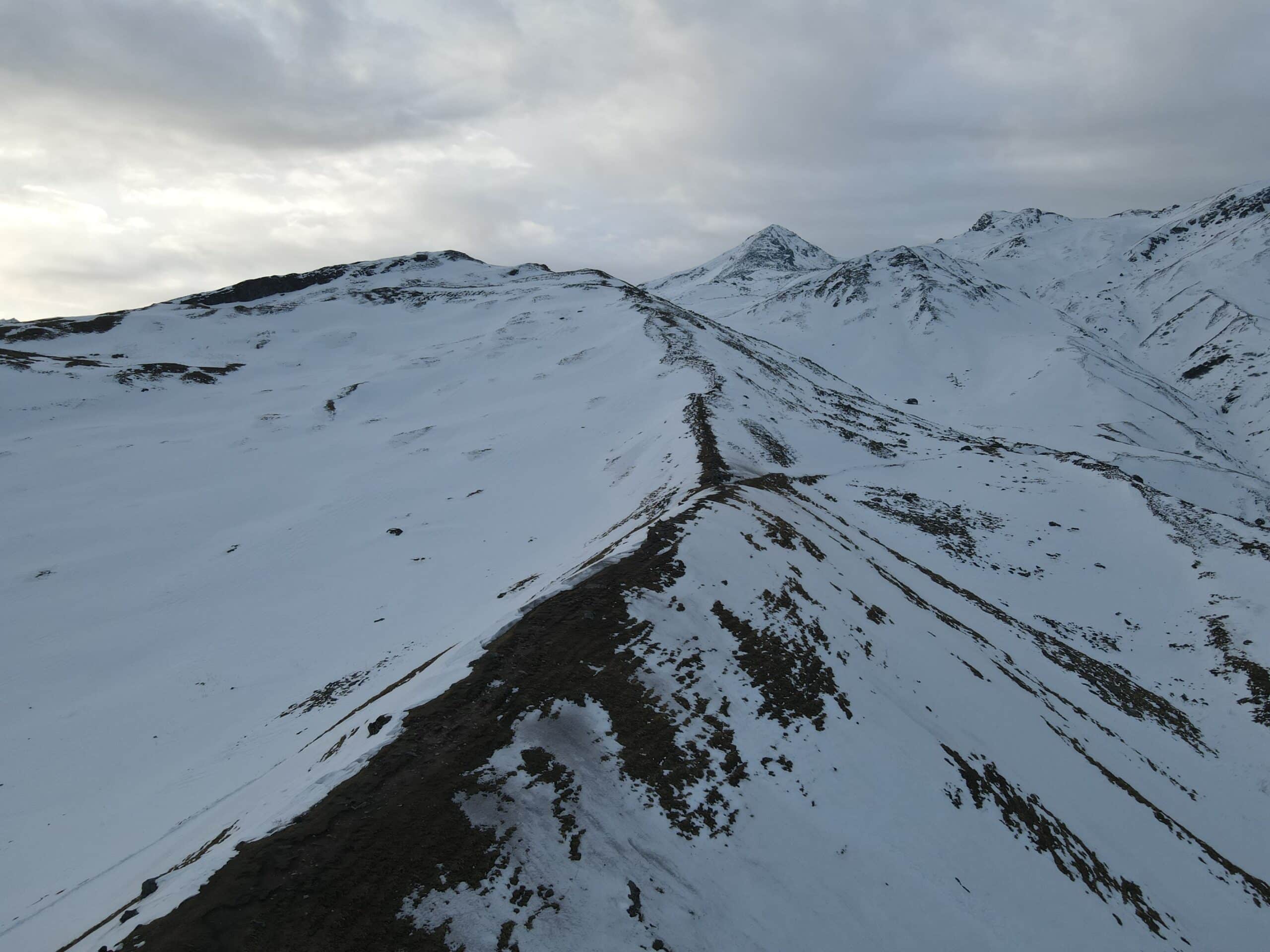Why You Should Do Har Ki Doon Trek
Har Ki Dun Trek is one of the most mesmerizing valleys in the Garhwal Himalayas. It is also known as “The Valley of Gods.” The valley is beautifully surrounded by alpine vegetation and is extremely rich in Flora and Fauna. Not only this, but the valley also offers stunning views of Jaundhar Glacier, Bandarpoonch, Swargarohini Peaks I & II, and the Black Peak that are a treat to your eyes.
- Mythology – The culture appears untouched by time since it is 2000 years old; the locals built a Someshwar Temple to pray for Durydhoan. You will experience the Pandavas’ trek in the Mahabharata when they travel to heaven.
- Wildlife – If lucky enough, you might see boars, leopards, barking deer, Himalayan Langur, and Blue Sheep. The state bird of Uttarakhand, “Himalayan Monal,” is also found in Taluka.
- Forest – you will be walking through dense conifers, fragrant cedar (deodar) trees of Taluka, pine trees, and oaks in the shadow of the mountains.
- Mountains – The entirety of Hatta Peaks dominates the skies, along with the Black Peak (Kalanaag), Bandarpunch 1, and Bandarpunch 2. Get a glimpse of Swargarohini 1, 2, & 3 (4 is on the other side of the valley and hence, not visible).
- Snow – you witness snow like Icy Snow Patches, frozen streams, glacier moraines, and snow-covered waterfalls. Snow patches glide into the forest from high above, sometimes cutting through the forest floor. Perceive the mountains in view with frozen glaciers cleaving through the upper slopes; notice the stark contrast of glazing whiteness with the dark green overlay surrounding it.
- Traditional Houses – All wooden houses have unique designs and slant-roofed homes. The places use Kath-Khuni architecture, combining wood, stone, and slate.
- Fauna – You will also see apple orchards, wild roses, irises, bamboo, and greenery. Between the cashew nuts forests and walnuts is the tranquil village of Osla. The Gangaad village is barren and ridged as opposed to the ones across the valley, rife with spruce pines and vegetation.
- Kalkatidhar Meadows – Kalkatidhar is a gorgeous open meadow with stunning views and picturesque famous peaks such as Bugyal Devsu and Mt. Black Peak. We could also see Ruinsara Range and the Kedarnath Summit.
- Marinda Tal, or Morinda Tal, is a stunning high-altitude lake accessible after reaching Har Ki Dun Valley. This lake is in the Govind Pashu Vihar Wildlife Sanctuary, surrounded by gorgeous alpine meadows and snow-clad peaks.
for booking and more information
Share this article
Want To Trek Like Pro?
Check out the following videos if you want to trek like a pro trekker and improve your skills. These videos contain helpful tips, tricks, and techniques to help you trek like a pro. Whether you’re a beginner or an experienced trekker, these videos can provide valuable insights to enhance your trekking experience. So, watch the videos below by Trekup India experts to take your trekking skills to the next level.







Know Everything About Acute Mountain Sickness
Acute Mountain Sickness is a medical condition that can occur when individuals travel to high altitudes, typically above 8,000 feet. It is caused by the decrease in air pressure and oxygen levels in the air as altitude increases. Symptoms of Acute Mountain Sickness may include headache, nausea, vomiting, dizziness, and difficulty sleeping. To avoid Acute Mountain Sickness, it is important to gradually adjust to high altitudes and seek medical attention if symptoms worsen. To learn more about this condition, check out the videos by Trekup India.









